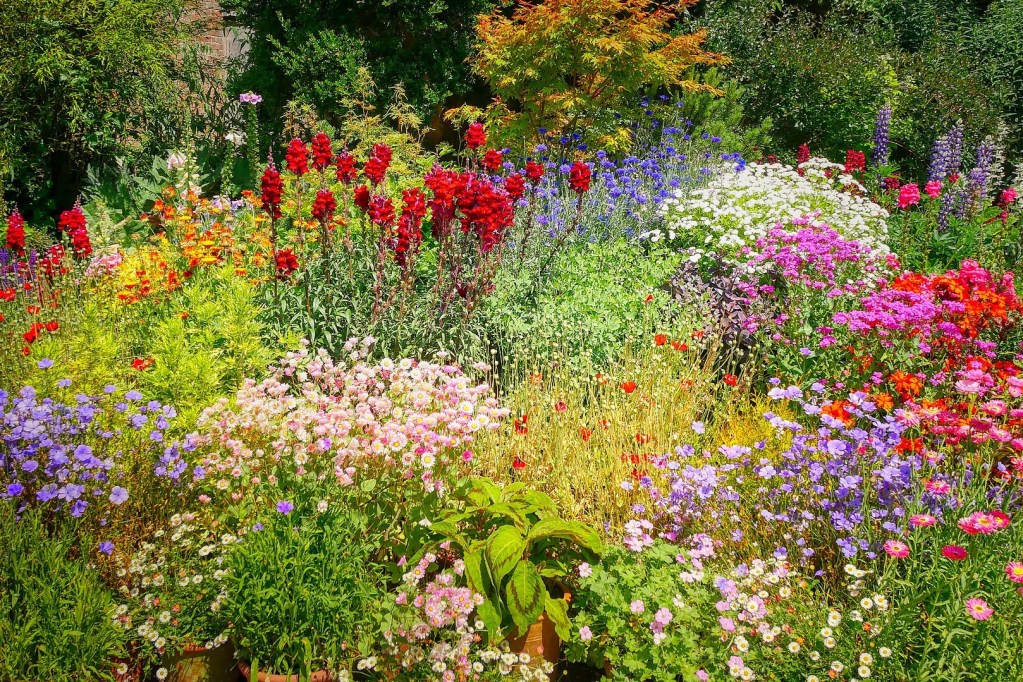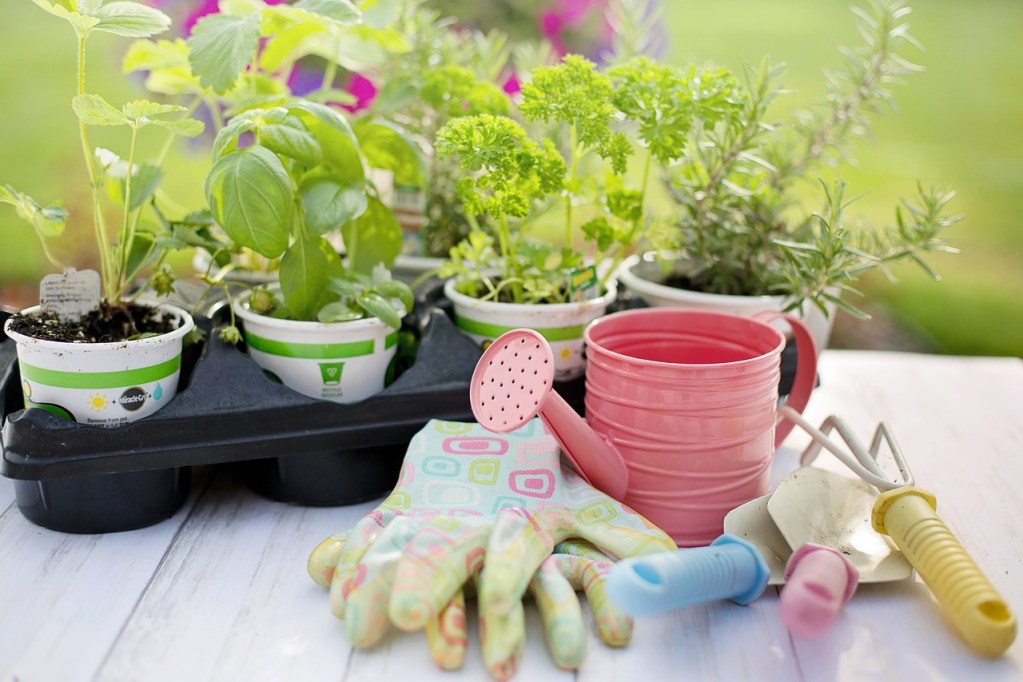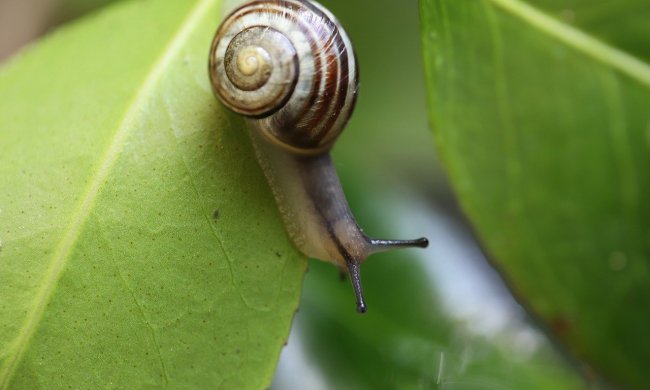If you’re asking, “What growing zone am I in?” you’re not alone. This is especially true since the USDA updated the hardiness zone map in November 2023. This was the first major update to the map in over a decade, and it’s understandable that it caught some gardeners by surprise! So, if you’re curious or confused, this guide will help clear things up. We’ll explain why the zones changed, how to tell what zone you’re in, and why growing zones are important.
Why did the USDA change the growing zone map?

The USDA hardiness zone map hadn’t changed in over a decade, so why was it updated in 2023? In short — climate change. The map is only useful as long as it accurately reflects the climate in each area, so as the climate shifts, the map has to shift with it. This is especially true since the zones are determined by winter temperatures, which climate change heavily impacts.
Winters are getting warmer in many places across the U.S., so the USDA hardiness zones need to change to reflect that. While not every place in the U.S. is in a new zone, many are, and especially places that were already on or near the edge of a zone.
How to tell what growing zone you’re in

The good news is that the interactive USDA hardiness zone map is incredibly easy to use. You can even type in your zip code and have it automatically zoom in on your location, making it much easier to tell precisely what zone you live in. However, if it isn’t working on your device or you’re confused about why you’re in one zone and not another, then understanding how the map works can shed some light on things. Some states are entirely in one zone, while others contain multiple zones, so being able to zoom in is helpful.
There are 13 zones, with zone 1 being the coldest and zone 13 being the hottest. Each zone is divided into two parts or subzones, labeled a and b (so zone 1a and zone 1b, for example). The zones are based on the extreme minimum or absolute lowest winter temperatures. Each zone has a range of 10 degrees Fahrenheit (5 degrees for each subzone). Zone 13b is 65 to 70, zone 13a is 60 to 65 degrees Fahrenheit, and it decreases from there all the way to zone 1b, which is -55 to -50, and zone 1a, which is -60 to -55. If you don’t have access to the map, but you know roughly what the lowest winter temperatures in your area are, you can make a reasonable guess as to which zone you’re in.
Why do growing zones matter?

If you’re exclusively growing indoor plants or only want to grow a few summer annuals, then knowing what zone you’re in may not matter. If you want a year-round garden with perennials, however, knowing your zone is crucial. Perennials will return year after year, provided the conditions are right. The most common reason for perennials not returning is freezing during winter. Plants have varying levels of cold tolerance, and knowing how low the temperatures get in your region and what your plants can withstand is important in order to keep your garden thriving.
Hopefully, this simple guide has answered your questions, so you’re no longer left wondering, “What growing zone am I in?” The USDA’s website is surprisingly straightforward, and the interactive map is extremely helpful for figuring out what zone you’re in. Even if you can’t access the map, now that you understand the basics of how it works, you can feel a little more confident determining an estimate of your zone.




